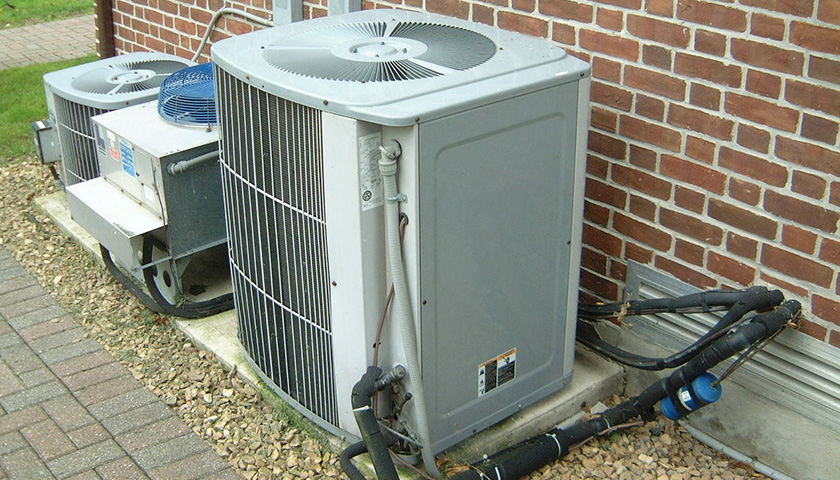by Scott McClallen
How does a district of 10,000 students recover from a pandemic that disrupted learning for longer than a year?
Lansing School District received more than $100 million of federal COVID relief. The third tranche of Elementary and Secondary School Emergency Relief was $67 million.
LSD ESSER III spending records obtained through records requests show more than $6 million of technology spending, including 12,000 Chromebooks, 1,300 iPads, management software, video conferencing, speakers, and 1,000 hotspots.
The district spent $3.2 million on summer school and recovering from learning loss. Other spending includes $535,500 for academic mentors to verify remote students complete work, $213,026 for a counselor for college and a career post-graduation, $228,000 for a resource room teacher, and $152,000 for a family liaison.
It also spent $50,000 on mental health programs and $80,000 for an attendance text messaging platform to reverse chronic absenteeism.
“The Lansing School District will continue to use ESSER Funds to maintain the services that we provide our students on a daily basis,” LSD’s spending plan said. ”We have added additional services through the use of ESSER funds to support our students in addressing the learning loss that occurred during the stay at home orders. Lansing School District was one of a few districts that remained virtual all year, and came back to face to face this fall and have been addressing the needs of students and staff alike since.”
Discipline problems prompted LSD to buy a nearly million-dollar security badge system for more than 7,000 students, staff, and visitors. An Oct. 17 LSD Youtube video says the school uses the badge program to monitor real-time student data, and some schools use the badge for lunches, sporting events, and, soon, buses.
“All of this will continue to help us to continue to add safety measures for our students and families,” the video says.
LSD is spending $720,000 on wages and benefits for four public safety officers “to deal with student discipline in schools due to a rise in safety and discipline issues since returning face to face.”
The district reserved $20,000 for Crisis Prevention Intervention; a nonviolent staff training focused on de-escalation techniques and risk assessment. Another $22,000 funded bully prevention instructional materials, and $10,000 funded Restorative Justice for discipline problems.
LSD spent $12.1 million in wages and benefits to maintain certified teachers in the Lansing Schools Education Association bargaining unit and more than $5.3 million paying teachers’ salaries and benefits for virtual school learning. It spent $10 million on staff hazard pay.
The most significant spending was $19 million to install air conditioning in all school buildings that don’t have it or replace old units.
The district also spent $214,000 for equipment, teaching supplies, and contracted work for nature-based, childhood outdoor learning environments at 14 schools, including sheds, fencing, sand or dirt, and playground equipment. The teaching supplies for 32 classrooms include bikes, balls, children’s rain suits and winter clothes, sleds, and more.
LSD spent $20,000 for a computer server for Ingham County Correctional Center, $20,000 for a server for Ingham County Youth Center, and $50,000 on virtual sports software for students “to participate virtually in athletic events with peers.”
– – –
Scott McClallen is a staff writer covering Michigan and Minnesota for The Center Square. A graduate of Hillsdale College, his work has appeared on Forbes.com and FEE.org. Previously, he worked as a financial analyst at Pepsi.
Photo “Air Conditioner” by Achim Hering. CC BY 3.0.








